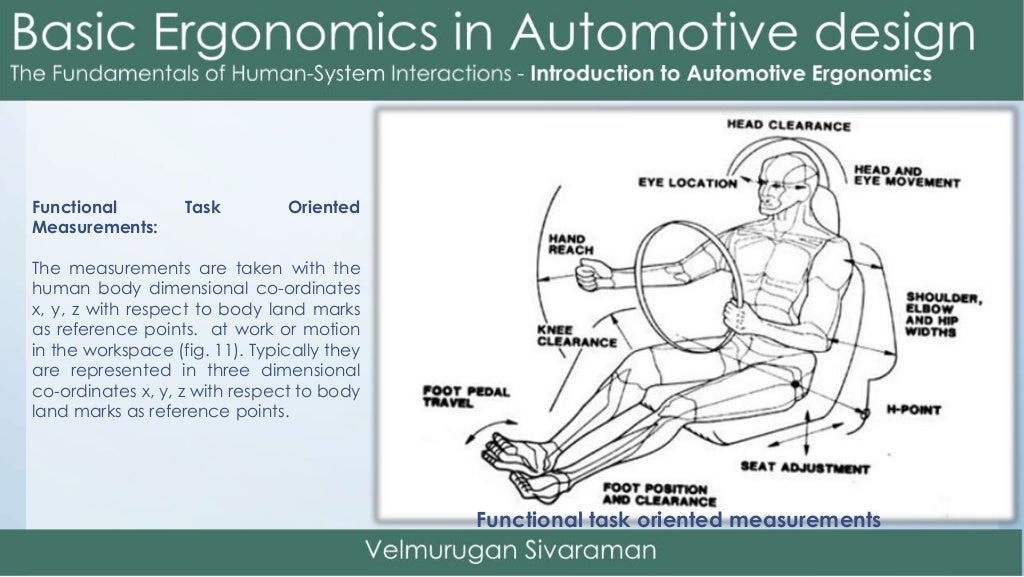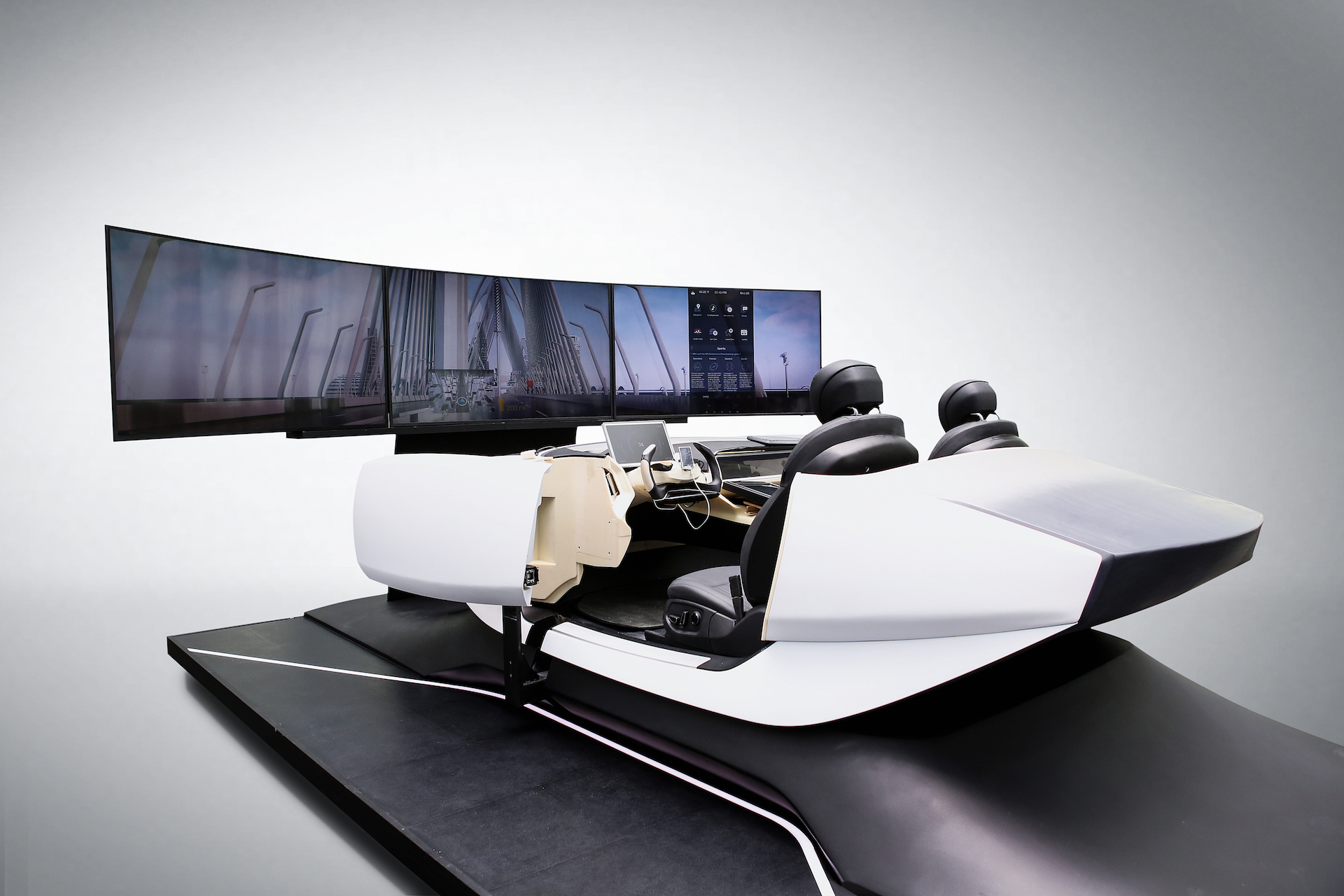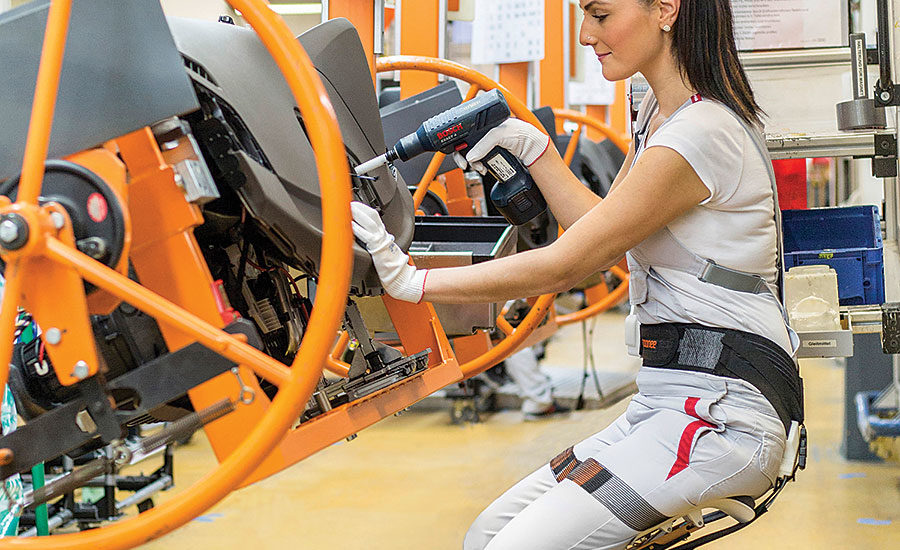Rent the Runway Drives Loyalty Boost With AI Search Upgrades
In a world where digital convenience is king, companies are continually searching for innovative ways to enhance the consumer experience and foster brand loyalty. A shining example of this digital evolution is Rent the Runway, an e-commerce service that has recently harnessed the power of Artificial Intelligence (AI) to revitalize its search functionality, leading to a significant loyalty boost among its consumer base.
Digital Product Innovation Leads to Increased Loyalty
As part of its fiscal 2023 review, Rent the Runway shared insights on Wednesday (April 10) highlighting a remarkable 10% year-over-year increase in consumer loyalty. This surge in retention can be attributed to the eCommerce platform’s commitment to streamlining user experiences. “In 2023, we made major strides on site performance and speed across all of our services,” stated Jennifer Hyman, CEO of Rent the Runway, during a call with analysts. Enhanced discovery features through AI search, improved filtering options, and upgraded photography and styling were also key contributors to this achievement.
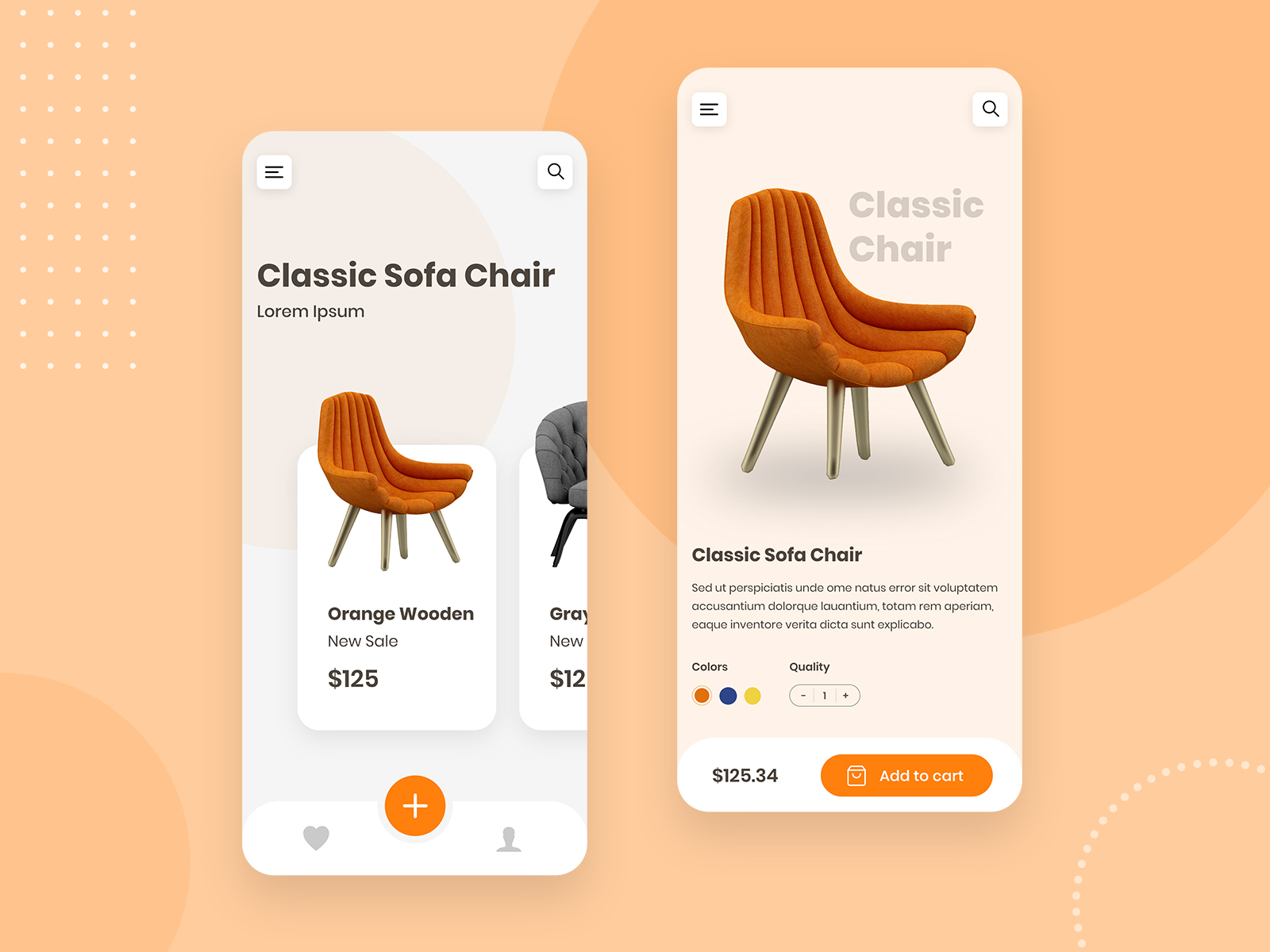
The importance of a user-friendly website is underscored by data from the PYMNTS Intelligence study titled “The Online Features Driving Consumers to Shop With Brands, Retailers or Marketplaces”, which reveals that 40% of shoppers value easy navigation when choosing where to shop online. Rent the Runway’s focus on digital product innovation is a proactive response to this consumer preference, ensuring a frictionless shopping experience that enhances loyalty and conversion rates.
Strategic Enhancements in Merchandising and UX Design
Looking forward, Rent the Runway aims to further refine its digital platforms by optimizing merchandising and streamlining product user experience (UX) and design. The goal is to eliminate purchasing obstacles and enrich educational content, such as styling tips and customer reviews. This approach will instill greater confidence among shoppers, encouraging conversions and fostering lasting relationships.
Hyman shares that the company’s strategy revolves around understanding and addressing the “emotional problems” of its customers. This customer-centric approach has led to the development of use-case-based shopping hubs, which provide tailored fashion solutions for various occasions, directly responding to the needs and wants of its consumers.
The Future of Fashion eCommerce: Tailored Shopping Experiences
By focusing on the emotional aspects of shopping and offering personalized solutions, Rent the Runway is setting a new standard for the eCommerce fashion industry. This innovative approach sees the company not just as a provider of fashionable clothing but as a solution to the varied lifestyle needs of its customers.
The impact of digital innovation on customer retention cannot be overstated. Data from “The Replenish Economy: A Household Supply Deep Dive” indicates that clothing and accessories merchants boast a 68% customer retention rate, with digital innovation playing a pivotal role. The report also noted that a significant majority of these successful merchants offer perks like free shipping and flexible delivery options, enhancing the overall consumer experience and loyalty.
Additionally, the appeal of treating oneself to nonessential items such as fashion accessories further amplifies customer loyalty. This tendency towards indulgence in desirable apparel items indicates a broader trend of consumer behavior in the eCommerce space, where tailored and emotionally resonant shopping experiences can significantly influence purchasing decisions.
Conclusion
Rent the Runway’s strategic enhancements to its digital platform exemplify how AI and thoughtful UX design can not only improve site performance but also deeply resonate with consumer preferences and emotional needs. By continuing to innovate and tailor their offerings to meet specific lifestyle occasions, Rent the Runway is poised to sustain and possibly exceed its current trajectory of customer loyalty growth.
As a developer of AI solutions and someone who appreciates the profound impact of digital innovation, I see this as a pivotal moment for the eCommerce industry. Companies like Rent the Runway are leading the charge in demonstrating how technology, specifically AI, can be leveraged to build stronger, more meaningful connections with consumers.
<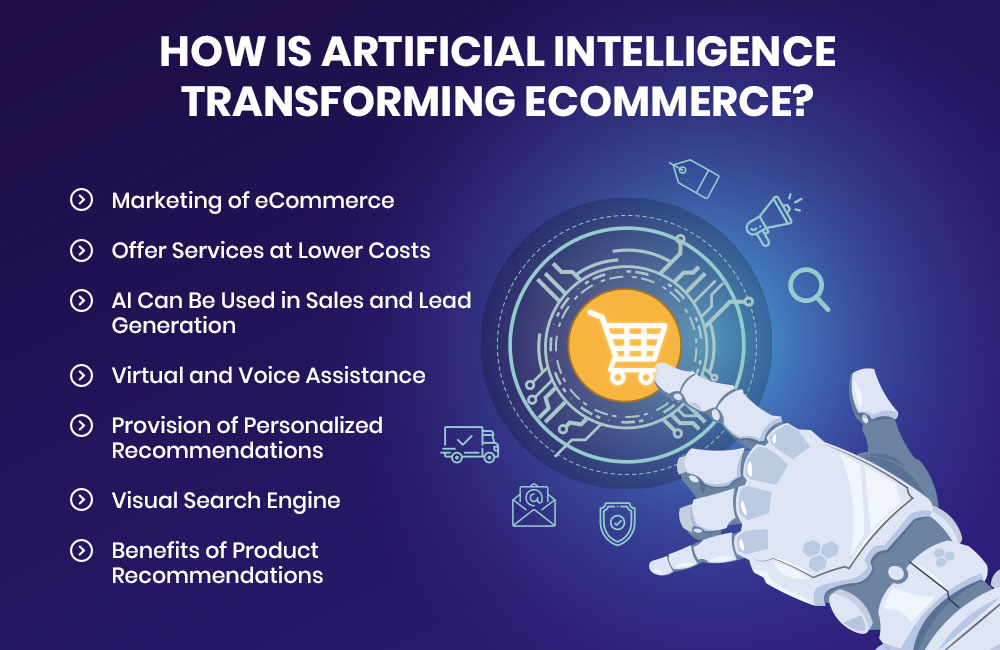 >
>
<
>
In aligning with prior discussions on AI’s transformative role across various sectors, including fashion (AI in Sustainable Design: Autodesk’s Revolutionary Approach), Rent the Runway’s success further validates the critical, yet nuanced, applications of Artificial Intelligence in enhancing user experience and fostering brand loyalty.
Focus Keyphrase: AI search upgrades in eCommerce
